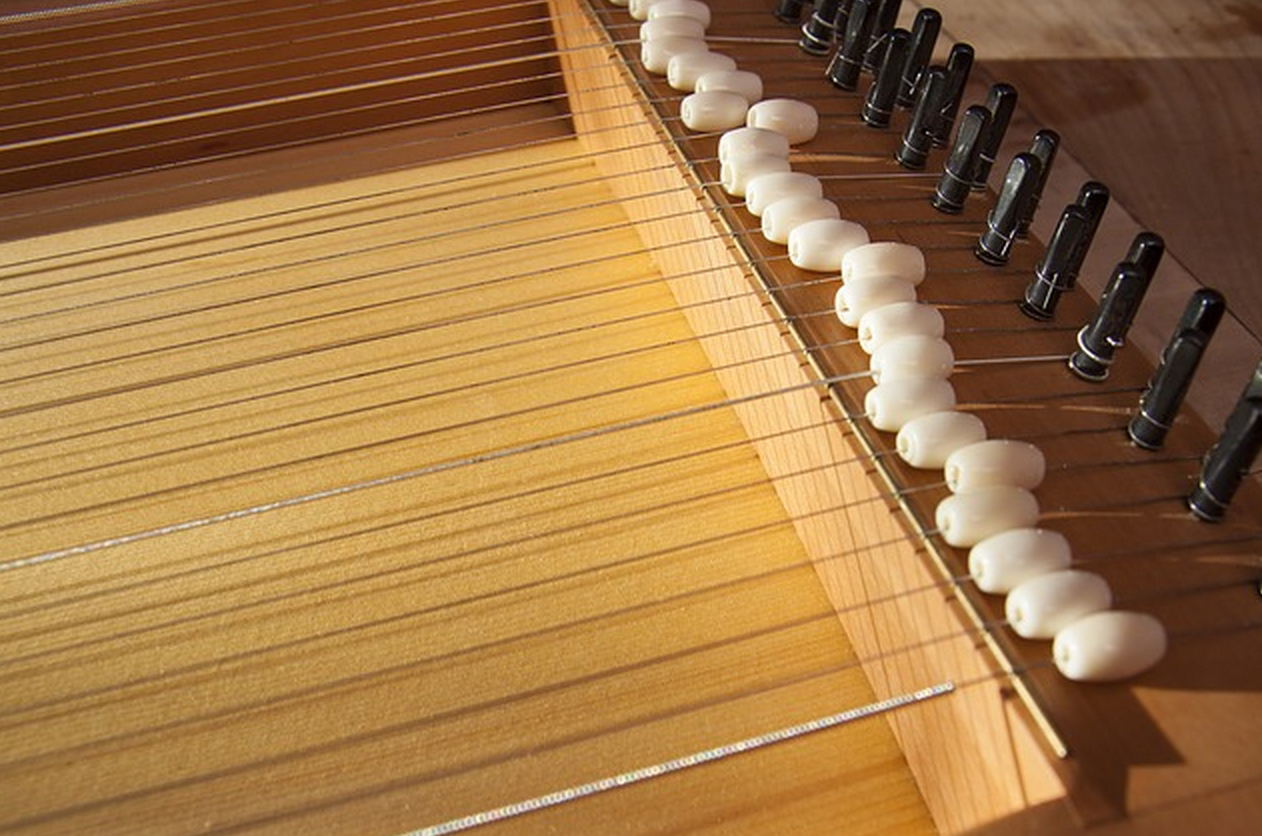by Gary Terzza
It is weird, wonderful and frankly amazing. The voice box is your weapon of choice for doing voice overs, but the way it works can seem a bit of a mystery. Join me as I probe deep into its inner workings.
When voice over artists get together or share experiences online the conversation usually revolves around recording equipment, moaning about agents, late paying clients and why they haven't heard so and so on TV for a while (while guiltily thinking that could be a gig going spare).
You will rarely hear them talking about the physiology of their voices. Not that they should of course - it's a bit like a saxophonist constantly going on about the mechanics of her sax; not many people would be interested.
But the voice is a fascinating instrument that holds many secrets.
Shhhh....
For example contrary to what you might think, whispering actually makes the voice-box work harder. As vocal expert Jeffrey Lehman MD, the clinical professor at University Of Central Florida and Florida State University says "Whispering is hard on the vocal folds due to turbulent airflow and increased muscle tension. Its best to use your voice in a quiet relaxed manner."
In voice overs we are sometimes expected to whisper so try to develop a technique that is not actually whispering per se, but rather a stylised approximation. This will help lessen the impact on your larynx and reduce straining.
Gulp
It is interesting that many of the muscles we use for swallowing are also used for speaking. Swallowing and the gag reflex were often thought to be related, but since the 1990s this has no longer been considered the case.
In fact swallowing is now recognised as a 'pattern-elicited response' where the action is dependent on sensory information from the brain resulting in a motor response (source: Patrick McCaffrey Phd in 'Neuropathologies of Swallowing and Speech' )
Hard to swallow, I know.
Slurp
One of the misconceptions in voice care is that drinking liquids directly coats and lubricates the vocal muscles. But, as pointed out by speech therapist Goh Huai Zhi, if this really happened we would cough and choke. It simply cannot happen physiologically.
That said, hydration (which is very important for keeping your voice in great shape) should not be ignored. The British Voice Association recommends 6 to 8 glasses of water a day.
Fluid levels are important for mucous and saliva production as well as brain function.
True or False?
Perhaps most intriguingly we have both 'false' and 'true' vocal folds. The false vocal folds are either of the two upper folds not involved in vocalisation, whilst the true cords are the two lower folds that come together to form the 'glottis' creating sound when air from the lungs passes between them.
The true vocal folds are made of finer tissue allowing them to vibrate easily and giving the ability to produce the audio needed for speech.
The false vocal cords are thicker membranes which do not vibrate so easily. Amazingly the upper (sometimes referred to as 'superior') false folds can regenerate if removed, but this is not the case with the lower true folds.
Whilst the true folds are used for producing finer speech patterns, the false membranes come into their own when deeper growls or screaming are required.
Something to shout about.
Good Vibrations
So how do these lower folds actually produce refined speech that we can understand?
It is all about the vibration of the lower more delicate tissue folds. At rest and during quiet breathing, the true folds are in a 'V' shape; as air comes up from the lungs (and when your brain gives the appropriate vocalisation instructions) the left and right folds come together.
These oscillate causing the air to make a noise - rather like the buzz that comes from a bumblebee as its wings beat very rapidly. This sound is carried by air molecules up through the throat and eventually out the mouth. It is the latter, the tongue, lips and even the teeth that shape the noise into decipherable words.
Clever stuff.
Pardon?
Another aspect of speech production is amplification. Humans have a wide dynamic range, hence the phrase 'from a whisper to a scream'. It is this variation in loudness that helps create the message in addition to what we actually say.
In voice overs this is most noticeable when we compare soft sell to hard sell reads. If you are narrating an audiobook, the author may require you to push your voice eg "watch out, watch out!" At the opposite end of the scale a softness may be needed " 'I have something very important to tell you' said the woman as she moved closer to her lover "
Not only is the voice box used to create the actual sound, but the mouth and even the nose provide additional power to pump up the volume. It is the interplay between these anatomical parts that creates variations in amplitude.
I don't know about you, but I am in awe of this amazing device. It is so precious and in the case of the voice actor, it's loss would be catastrophic.
As always your thoughts, opinions and experiences are most welcome.



No comments:
Post a Comment